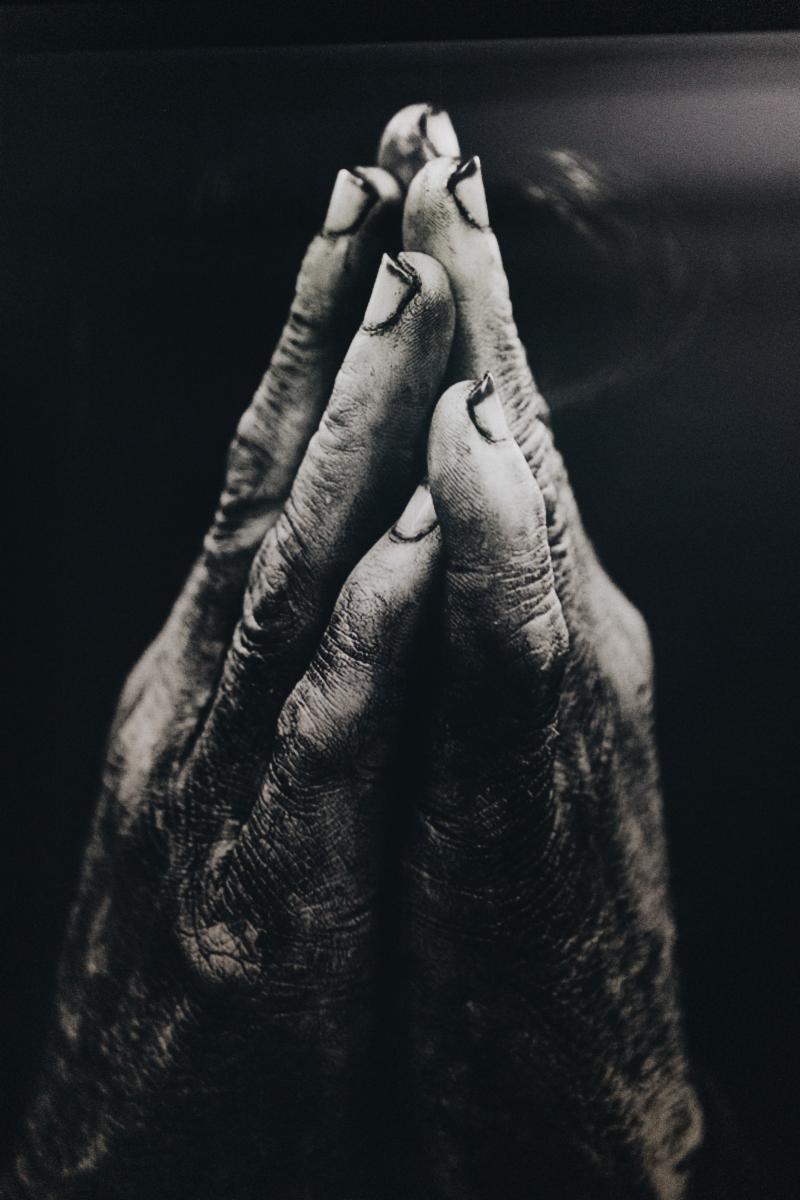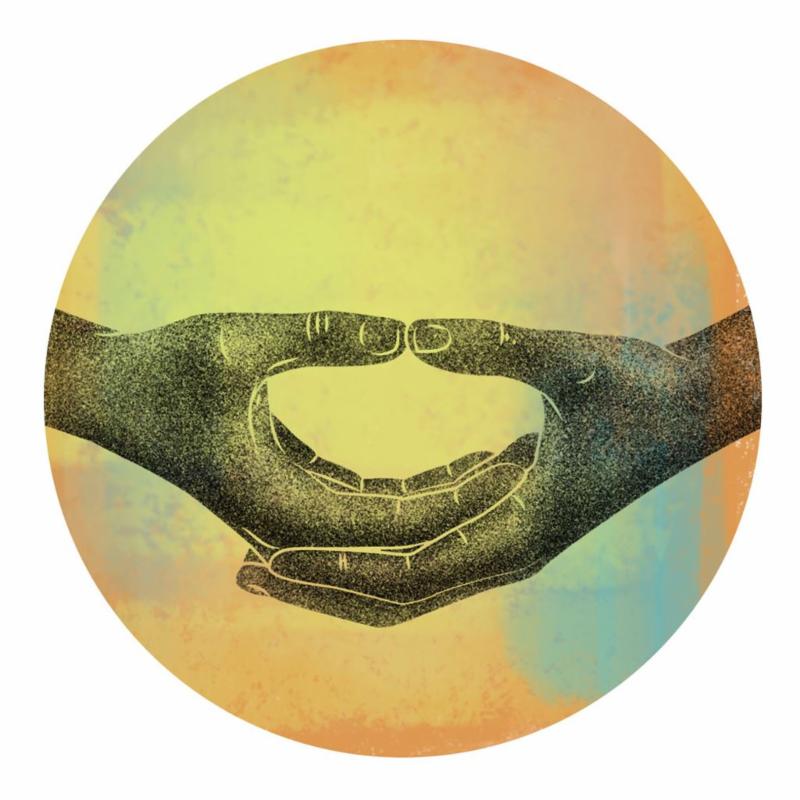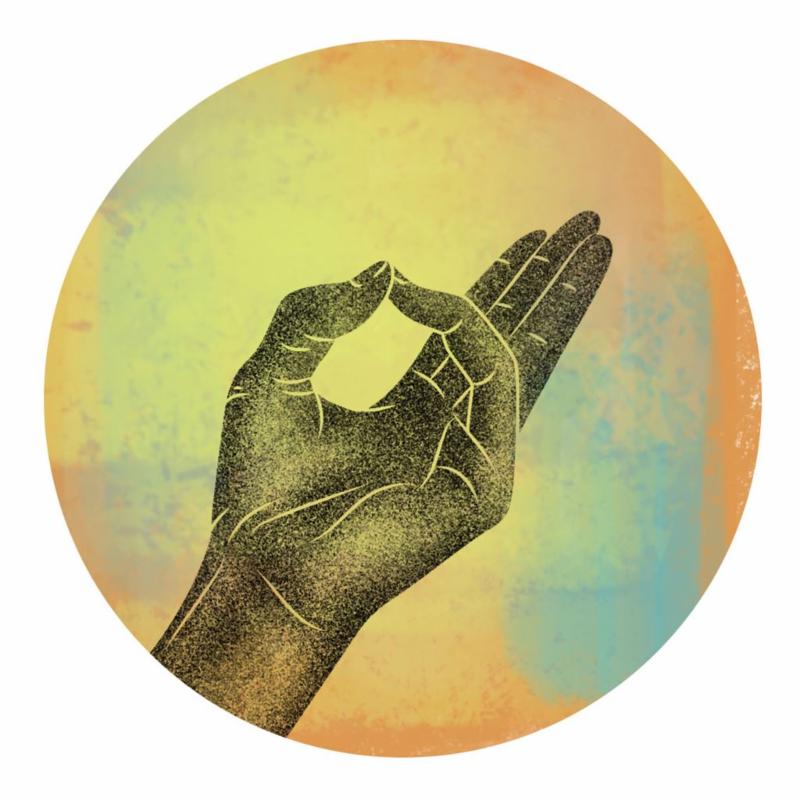3 of our favorite Mudras & their meaning
Mudra:
"seal", "mark", or "gesture" in Sanskrit
Refresh: What are Mudras?
Our hands hold energetic points for the five elements: space, air, fire, water & earth. Mudras are hand gestures practiced during meditation that carry specific goals of channeling your body’s energetic flow and these elements. In Hatha yoga, mudras are often employed along with pranayama while meditating in a seated lotus position.
Hands are an energy map of our consciousness and health, with each area of the hand corresponding to a certain area of the body and to different emotions and behaviors. By curling, crossing, stretching, and touching the fingers and palms, we can effectively talk to the body and mind.

ANJALI MUDRA
Anjali in Sanskrit means "to offer", so this mudra represents that we are honoring and celebrating this moment. This gesture symbolizes an intention to progress to greatest spiritual awakening.
This mudra is practiced as shown in the photo above, with hands together and aligned; it is often referred to as prayer hands. Bringing the palms together connects the right and left hemispheres of the brain, and this mudra is a natural remedy for stress and anxiety. It's often practiced with hands at hearts center, centering it in our heart shakra, further bringing us mental, emotional & physical balance and preparing us for meditation and contemplation.
To practice properly, bend the knuckles at the base of the fingers a little bit in order to create space between the palms, as shown in the photo. This space we create resembles a flower yet to open and symbolizes the opening our hearts.

DHYANA MUDRA
"Dhyana" in Sanskrit means meditation, and so this mudra is the mudra of meditation. According to tradition, this mudra derives from the one assumed by the Buddha when meditating under the pipal tree before his Enlightenment.
The Dhyana mudra represents the gesture of total balance. The person using this mudra during meditation is immersed in the limitless space, completely untouched by the outside world. Its practice helps improve concentration, balance the right and left sides of the body, and quiet the mind.
To practice Dhyana mudra, bring your hands to the contemplative gesture of Dhyana Mudra by resting them, upturned, at your navel with the right hand on top. Then, bring the thumbs together to touch at the tips, forming a triangle.

BUDDHI MUDRA
"Buddhi" in Sanskrit means “higher mind” or “intellect”, and this mudra is known as the seal of mental clarity. When the little finger, which symbolizes water and communication, touches the thumb, which represents divine nature and fire, the buddhi mudra signifies fluid communication and access to inner knowledge.
Practicing the Buddhi mudra promotes clear communication, intuition, and psychic development, and balances the water element in the body, helping to relieve various diseases and ailments that result from a lack of water. Utilize it when you are seeking support with communication, making sense of intuitive messages, and for greater access to your inner knowledge.
